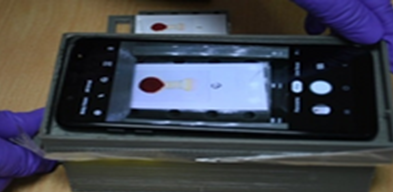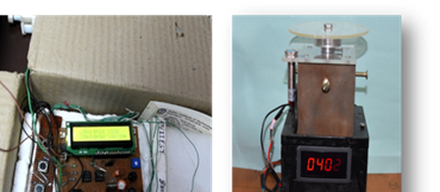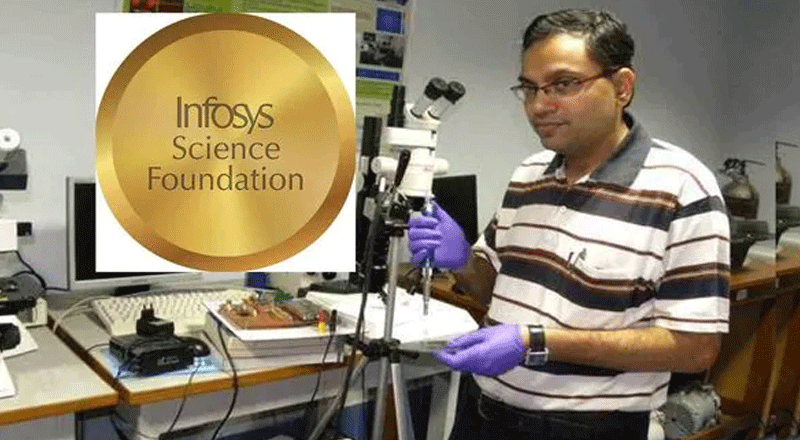A slew of technologies by Professor Suman Chakraborty, who recently received the Infosys prize, along with his group, are helping community health-workers deliver healthcare-support to last-mile populations. Their initiative has been specially triggered by the recent pandemic.
A Nucleic-Acid Based Rapid Diagnostic Test for infectious disease detection called COVIRAP they have developed is a substitute for the resource-intensive RT-PCR for testing of infectious diseases. The technology has been transferred to several companies and organizations. It can be used for any infectious disease detection by suitably customizing and preprogramming the device as per the specific test protocol, with no need of changing the hardware.

Diagnostics with Finger-Prick Blood on Paper Strip, an ultra-low-cost, rapid extreme point-of-care device can quantitatively measure plasma glucose, hemoglobin, creatinine, and lipid profile from finger-prick blood collected on a paper-strip via a smartphone-based app. Just like how a credit card interfaces with a card reader, the paper strip interfaces with a hand-held device for getting the test results. This can be used for mass screening of several non-communicable diseases at the grass root level.


A low-cost portable hand-held imaging device for early screening of oral cancer on the basis of measured changes in the blood flow rate of the tissue from thermal imaging and analytics has been developed by the group. It does not require any clinical infrastructure. This portable device can be used for early risk assessment and categorization of the stages of oral cancer and this method can be extended to other forms of cancer. The device has successfully passed Phase-I clinical trial and has entered into field trial mode.

They have also developed a portable spinning disc capable of testing several body fluid-based diagnostic parameters from a single drop. The technology for measuring Complete Blood Count (CBC) using this platform, was designed and validated. An electrochemical sensor has been integrated for reading out the test results. It is designed to be a substitute of the laboratory centrifuge for diagnostic testing.

The group has developed a folded paper-kit for evaluating antibiotic resistance, which is a growing challenge. The kit helps assess the susceptibility of the bacteria to a medicine, simply by tracking the color changes at marked test-spots on it. In this way, within 3-4 hours, a recommendation on the efficacy of specific drugs for killing the bacteria may be arrived at, facilitating life-saving timely clinical decision making.

A reagent-free anemia detection technology they have developed harnesses on the fact that blood forms unique patterns while spreading on a moist paper strip. The pattern carries the signature of the red blood cell contents in a manner that those for anemic and normal patients may be classified and interpreted to be grossly different when analyzed via a custom-made image-analytics App. This can quickly classify at-risk patients needing emergent blood transfusion or other life saving measures.

Professor Chakraborty, a J C Bose National Fellow of Science and Engineering Research Broad (SERB), an attached institute of the Department and Science and Technology (DST), along with his group trained a large numbers of rural women to work as an interface between the patient, ‘remote’ doctor and the invented frugal diagnostic-technologies, enabling sustainable livelihood in the process. In addition, the empowerments of micro-small-and medium scale enterprises towards participating in manufacturing the most technologically advanced yet deceptively simple medical products have opened up a new paradigm of employment generation under difficult circumstances.
From Lab to the Field – Providing a sustainable ecosystem


Prof. Suman Chakraborty (suman@mech.iitkgp.ac.in), WhatsApp: +91-9831402939
J. C. Bose National Fellow, SERB, Ministry of Science and Technology, Government of India





